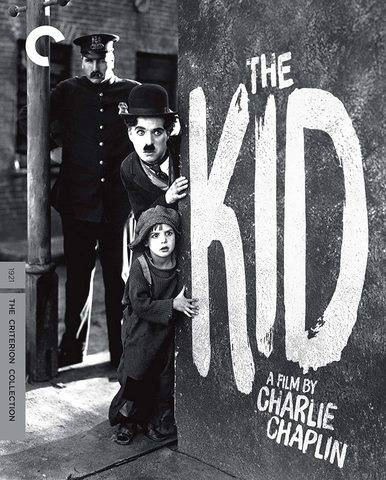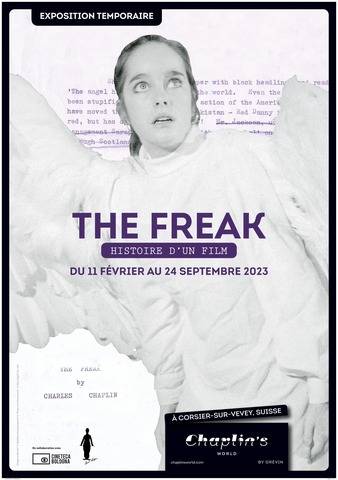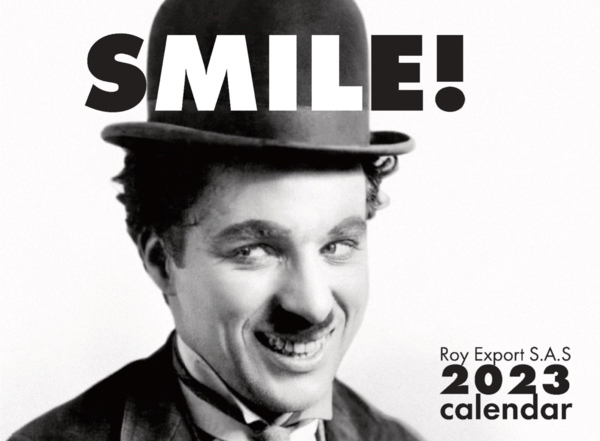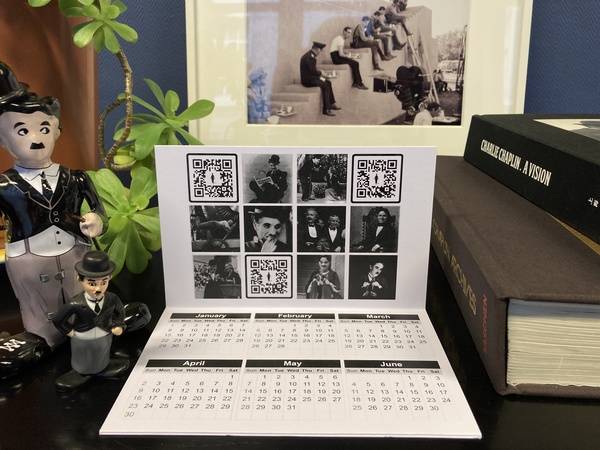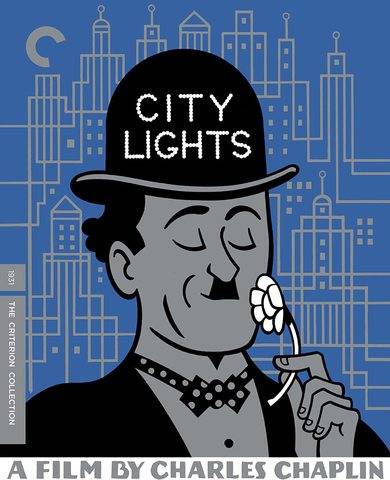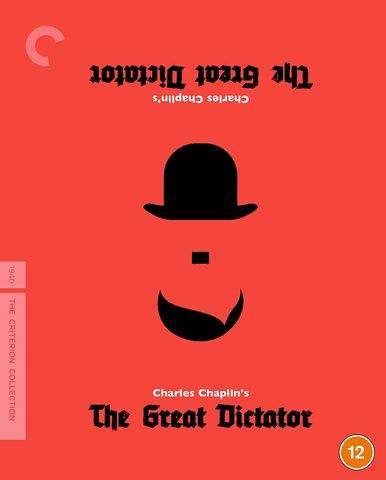Interview with Cecilia Cenciarelli about the Charlie Chaplin Archive
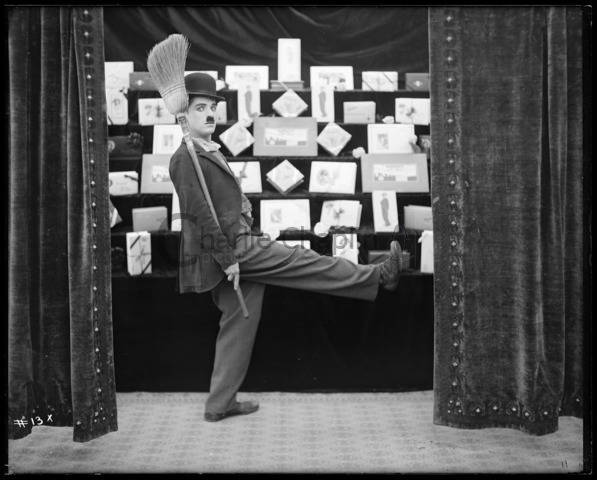
Interview with Cecilia Cenciarelli by Lynsey Ford
The Cineteca di Bologna in Italy has undertaken the enormous task of cataloguing and scanning the Chaplin studios’ and personal archives.
Learn more about the Charlie Chaplin Archive in journalist Lynsey Ford’s interview with Cecilia Cenciarelli of the Cineteca di Bologna.
How and why did the archives begin?
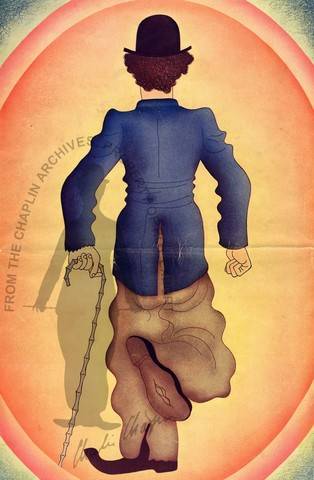
The Chaplin archive is unique in its kind not only for the extended period of time it covers or for the great heterogeneity of its documentation, but because it is one of the few cases in the history of cinema in which the subject/author ‘creating’ the archive as an extension of his works of art, is at the same time its rights holder and producer. As Chaplin wrote, starred, composed music for, produced and distributed his films, the physical manifestation of his activity – the story notes, the scripts, the daily production reports, the music cue sheets, the storyboards, the production stills etc. – belonged to him and were usually not (there are few exceptions) scattered in different locations and owned by different individuals or entities. I think this is an important element to keep in mind to have a full idea of its richness.
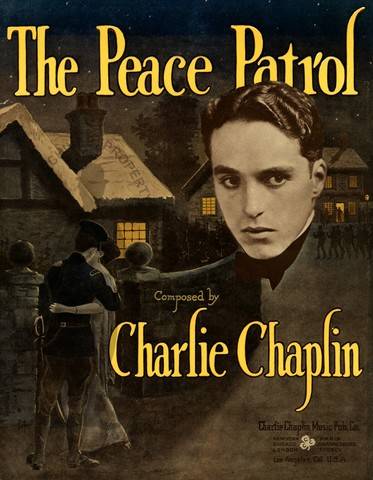
Although Chaplin realised very early on the importance of collecting and keeping all documentation pertaining to his career (as evidenced by dozens of large press books he compiled since the mid-10s), he might have not been fully aware of the relevance all his archives was going to have for future generations. In 1952, unable to go back to the United States where his visa had been revoked, Chaplin asked his half brothers Wheeler Dryden and Sydney Chaplin to inventory his documents and personal belongings and organise their shipment to Europe. In a letter to Sydney dated October 20th 1953, Chaplin writes: “Now as to my papers on biographical matter, all the early photographs and stills should be shipped and any interesting correspondence such as Einstein’s letters etc should be shipped but a lot of it could be eliminated I am sure. However so long as we keep all the pictures photos and plates etc that’s really more important than letters.”
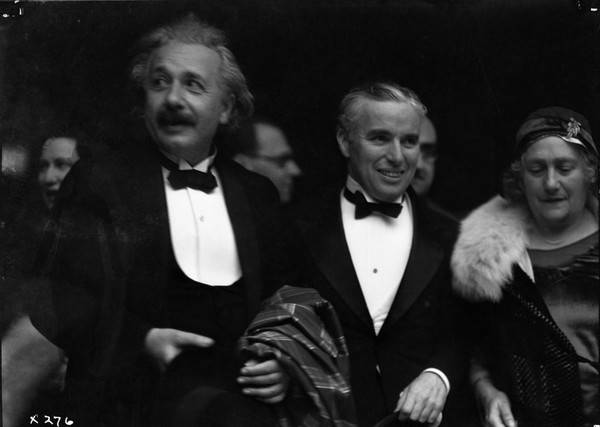
Fortunately, Wheeler Dryden’s reply encouraged Chaplin to preserve, as much as possible, all of his belongings, however it is likely that many personal papers didn’t make it to Europe. The films were sent to the UK, but photos and documents went to Switzerland where they were stored for decades in the cellar of the Manoir de Ban - jealously kept by Rachel Ford, Chaplin’s ‘legendary’ business manager – and made available to only a few scholars and directors such as David Robinson, Kevin Brownlow and David Gill, Richard Attenborough. Following Lady Chaplin’s death in 1991, the papers were removed for storage in a more secure, fireproof archive in Geneva; some of them were sent to the Paris office for research and inventory.
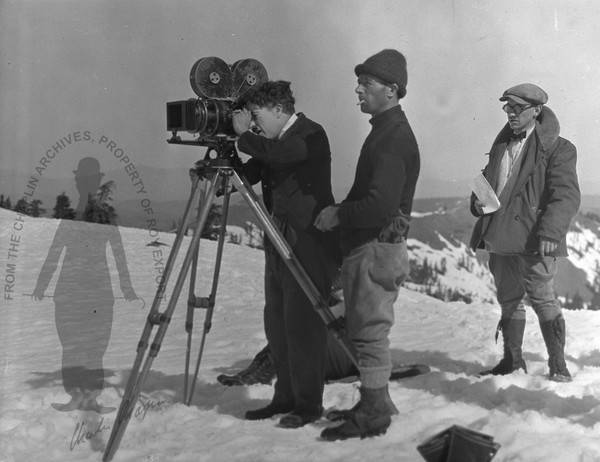
At the end of the 1990s, in close collaboration with the Chaplin Estate, we began restoring Chaplin long features in our laboratory L’Immagine Ritrovata. Since film restoration must never be done without a thorough study of the existing non-film sources, the Chaplin Project in Bologna started researching the archives - only to discover their inestimable richness and therefore we proposed to the Chaplin family a project to digitise and catalogue the archives. It took a generous sponsorship from Fondazione Cassa di Risparmio di Bologna to undertake a project never attempted by other organisations on similar archives, which were, at the time only partially scanned for specific purposes (publications or exhibits). Spanning from the late 1800s, the relevance of the Chaplin archives goes even beyond his life and career: its a precious, indirect testimony of how cinema was born and how the industry developed through its technical, aesthetic and production transformation, it crosses over history, politics (censorship), society, media reception and more. For a decade, we transferred to Bologna portions of the archives, digitised and catalogued them and returned them to the Archives de Montreux in Switzerland, where the originals are deposited for safekeeping (including Chaplin’s music scores and press-books) and to Photo Elysée in Lausanne where the photographic component of the archives (film and glass) is deposited.
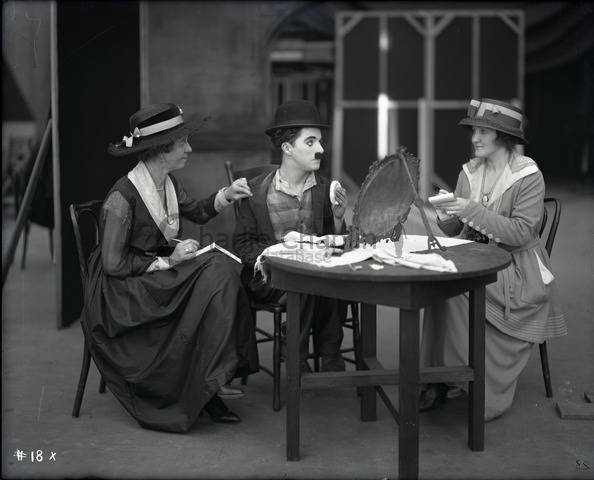
How often do you upload content, and how many people work on the Project?
The charliechaplinarchive.org is first and foremost the web interface to interrogate what is, to my knowledge, the most comprehensive digital archive of a filmmaker in existence. It’s close to 200,000 thousand units (papers and photos) which can be retrieved, read and studied. In 2006 the Chaplin Project obtained a special mention by the then European Commissioner Viviane Reding as “commendable practice” in the European Charter for the Development of Film on-line stressing the importance of sharing and providing content availability of non-film archives. We could never stress this enough, we would have never achieved this without the Chaplin family’s farsightedness. The Chaplin Project team consisted of five people (plus me) from 2002 to 2010, then fewer up until today, the idea was not only to carry out the indexing, digitisation and cataloguing of the archives, but also to encourage the dissemination of its content through publications, exhibits, lectures, film programs and participation to conferences. Metadata (records) are added every time an additional archival nucleus is acquired or rediscovered by the Chaplin family or purchased by Association Chaplin at auctions or through private collectors. As for the “Stories” and “Topics”, those are external pages that we create to provide users with suggestions and entry points to the archives. We update them when we can or any time a particular event calls for it: for instance when we were restoring the film The Circus we worked on a Story.
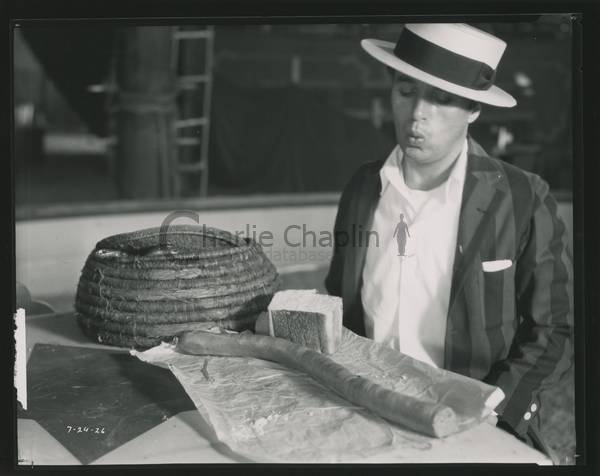
Please can you discuss some of the processes archiving material with The Chaplin Estate?
Knowing we could not move all the archives to Bologna at once, the first step was to assess what was kept in the Association Chaplin premises in Paris and what had been stored at the Archives de Montreux in Switzerland. The Chaplin Office was directed by Kate Guyonvarch who was Roy Export’s executive manager for almost thirty years. Kate and Josephine Chaplin guided us through the process of making a first inventory of the archives and navigating the great wealth of material. However before we could start identifying and assigning numbers to each catalogue unit, developing a thesaurus or validating different digital parameters for scanning all the different materials which compose the archives, we had to investigate the existing available options strategies for data management (i.e. data and metadata back-up, refresh procedures etc.), creation of metadata and content sharing, so choose our catalographic system, figure out the most efficient technological set-up etc. Let’s not forget that this is the early 2000s and technology has evolved very rapidly since then. Archiving means maintaining a scientific rigor in the cataloguing process and at the same time making sure that content is shared in a ‘democratic’ way and in a constantly evolving digital landscape. It also means ensuring, as much as possible, a vertical as well as horizontal relation among the different documents, archives are very much ‘alive’, they are the opposite of the old and dusty, they talk, they are full of discoveries.
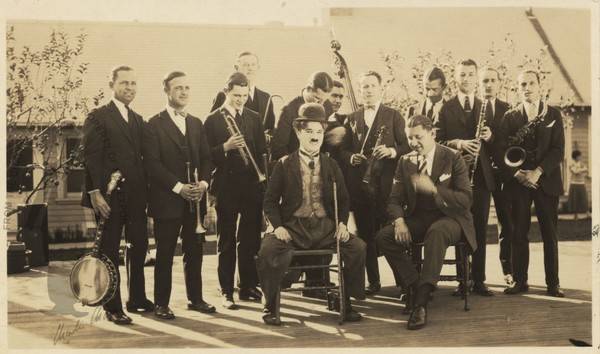
What do you think is the most revealing thing that we can find out about Charlie?
The Chaplin archives offer the unique opportunity to make a journey, to discover, first-hand, a whole universe behind the creation of Chaplin’s films, and from a multiple perspective. The unfolding of certain ideas that eventually developed into iconic sequences in film history but also the false attempts, the obstacles, the uncertainties which remind us what a true maverick he was. He really was the first indie filmmaker and virtually every feature film he made was made ‘in spite of’ or against somebody’s advice. There’s nothing conventional or sentimental about Chaplin, his was a human quest.
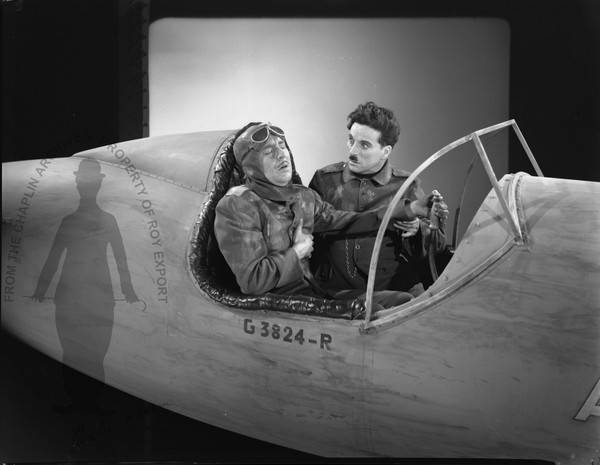
Have you received material or input from fans? Is there any gap in Charlie’s life and career that is lacking in documentation?
We received input from cinephiles, from very knowledgeable people with all sorts of professions, but mostly from film historians, other archivists, scholars. The archives cover Charlie’s life quite thoroughly.
Are there plans for the public to eventually have up to ‘100%’ of the archives to access?
The archives do not belong to Cineteca di Bologna, but to Roy Export, also owner of the films made by Chaplin from 1918 onwards. Our project was conducted under the supervision and in collaboration with the Chaplin office, and the people there are responsible to assess whether a document pertains to a personal sphere and therefore should not be made public. I’d like to stress that for many years we received inquiries from film historians, academics, students, cinephiles, documentarists, filmmakers, writers and journalists who have used the website as a primary source of documentation and to do so, they had to travel either to Bologna or to Paris. So it’s important to stress that the new release of the website has now provided access to thousands of pages that people had never seen before, it’s very exciting.
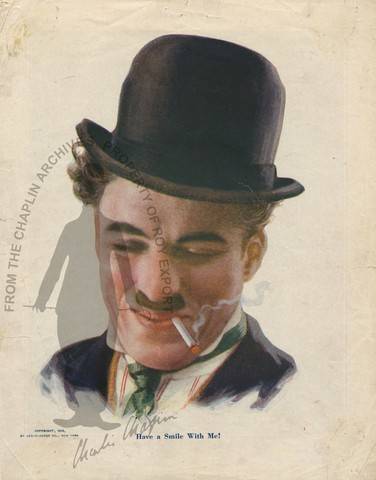
Spanning over 75 years, the archives is very comprehensive. Have you liaised with Charlie’s former workhouse (The Cinema Museum) in London for further material?
It’s actually almost a century if you consider that the archives include documents that date back as early as 1880s reflecting Chaplin’s parents career in the Music Hall and that Chaplin passed away in 1977. Besides which, the archives keep reflecting, even nowadays, the licensing of his films, the renewals of copyright, the restoration work done on Chaplin’s films and the reconstruction of his scores etc. We have not liaised directly with the Cinema Museum (although we signed the petitions!) but the Chaplin Association does regularly. However, we’ve had the great privilege of working in close relation with David Robinson, who is not only a living institution for all of those who have studied Chaplin and deal silent cinema, and who has guided and informed our work, but who has let us include in the ‘digital archives’ copies of elements from his collection for consultation and research.
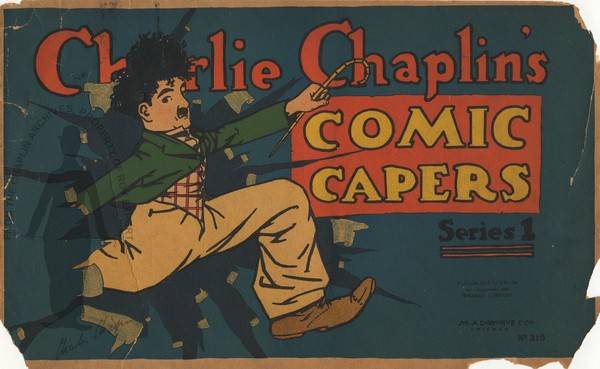
How do you select which stories get included?
As I said, the stories are conceived as entry-points to the archives. We can add as many as we want as long as they can be illustrated through the use of the archives.
Would you include more video links to archive radio/video interviews? Do you plan to add more sections or interactive links (i.e. a timeline to Charlie’s London/career)
That goes beyond our initial mission, but that’s always an option, of course. The Chaplin office website offers a great deal of that already. (www.charliechaplin.com)
Charlie is very meticulous in his directions (as seen in his notes to Paulette Goddard). Do you think this shows his more sympathetic side as a single-minded Director?
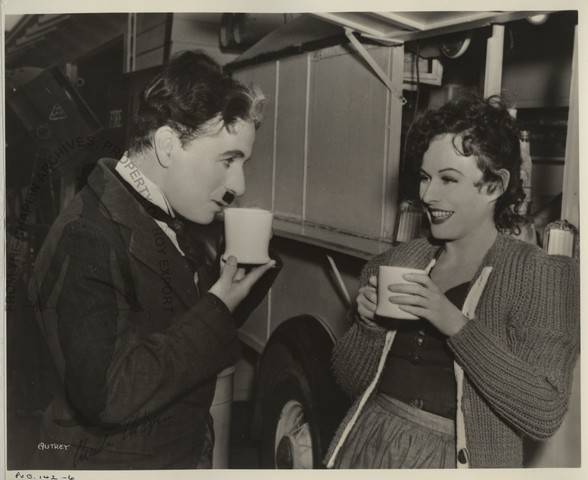
The document you are mentioning is actually one of a kind. I found it in a folder with other production notes in a muddle pertaining The Great Dictator. It was unmarked and undated. It is, to my knowledge, the only evidence in existence that contradicts, or, let’s say, expand our horizons of what kind of director Chaplin was, especially when it came to actors. Up to this point the general, shared understanding was that Chaplin relied exclusively on his own acting talents to show his actors and actresses how to interpret a certain scene, that he would perform for them and all they had to do was to repeat, as accurately as possible, his motions. All the testimonies we’ve had through the decades reinforced this idea, from early accounts – I’m thinking for instance about Adolphe Menjou’s 1948 autobiographical account It took Nine Tailors where he relates in great details his experience with Chaplin’s on the set of his 1923 drama A Woman of Paris – to more recent interviews Kevin Brownlow made with Chaplin leading actresses Virginia Cherrill or Georgia Hale. This simple three-page document reveals that there was much more to it, or at least that in the late 1930s Chaplin had not only developed his voice through writing, but that he was experimenting different, more modern techniques of directing, of enabling his actors to ‘find’ the character inside themselves.
Charlie’s exile and treatment by America in the fifties was well documented. Do you intend to document this difficult time?
As you suggest it’s a topic that has been thoroughly covered by the press world-wide as well as by a great wealth of publications. But we could certainly contribute to that by highlighting some of the documents which reveal more vividly how ultimately his pacifism turned into a major threat.
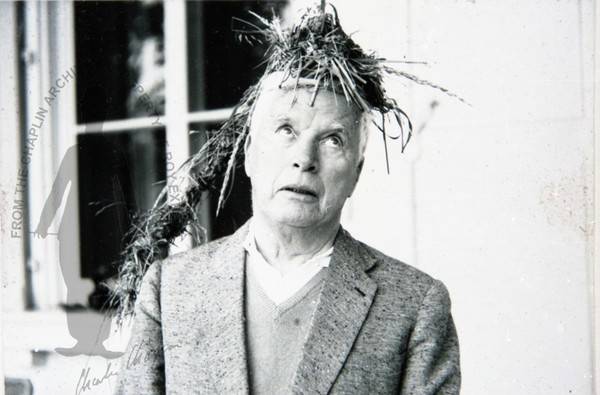
Would you consider a section on Charlie’s ‘later years’ - Charlie’s triumphant return to Hollywood to collect his honorary Oscar in 1972 and his knighthood?
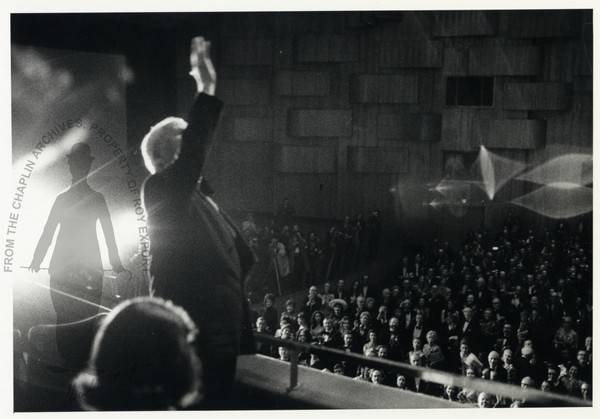
Why not, the archives include a very beautiful photo album of Chaplin and his wife Oona on the occasion of their first return to the States. Candice Bergen took some very unusual and intimate photos that aren’t very well known I don’t think.
Discover the Chaplin Archive at charliechaplinarchive.org.
